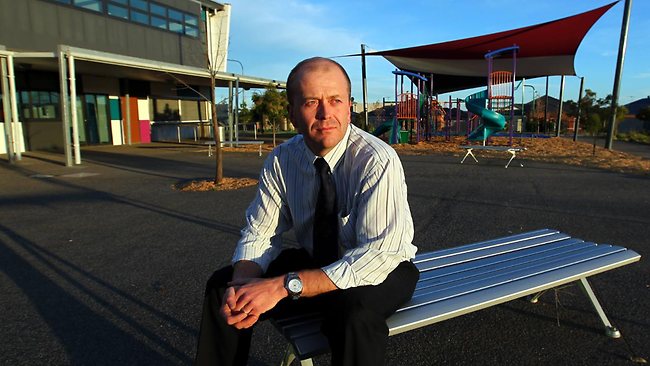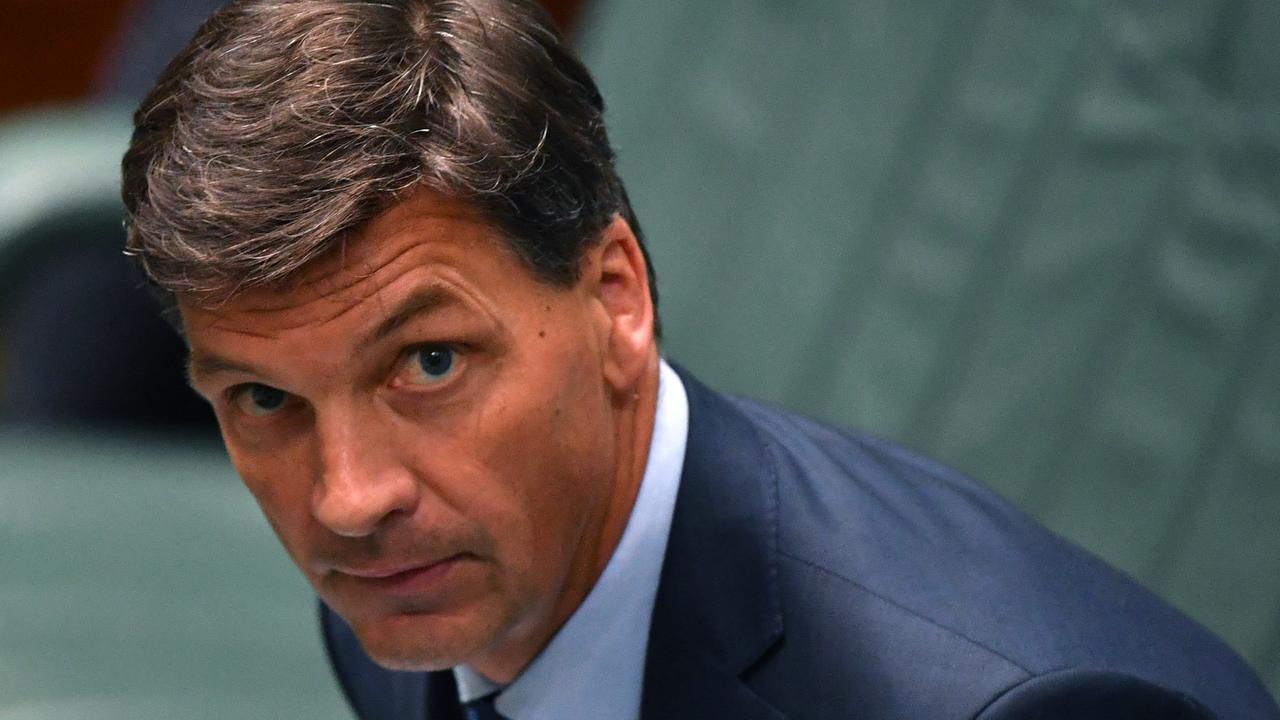Building the Education Revolution's $2bn kick to economy
ALMOST $2bn of the government's schools building program is yet to be spent more than two years after the end of the global financial crisis.
ALMOST $2 billion of the government's schools building program is yet to be spent more than two years after the end of the global financial crisis the $16.2bn stimulus plan was designed to tackle.
The Building the Education Revolution program, which involved more than 10,000 school improvement projects, was scheduled to finish at the end of March but new figures released by the government reveal that almost 12 per cent of the funds, or $1.9bn, have yet to be spent.
The federal government has discarded the original rationale of the BER as a jobs creation program, with the minister responsible, Workplace Relations Minister Chris Evans, yesterday saying the government's focus was now on building quality facilities of the most use to schools.
"There's no doubt parts of the program have been delivered more slowly than was planned," Senator Evans told a Senate budget estimates committee.
"The planning and the dates were ambitious and designed to stimulate the economy, and it's true that the need for the stimulus has passed. I concede that.
"We are now post-stimulus but the responsibility is on us to provide investment in the educational facilities we promised to make sure they're completed to the best quality and best use."
Figures released this week revealed the economy shrank 1.2 per cent in the March quarter, the worst fall since the 1990s recession and deeper than the 0.9 per cent fall in the December 2008 quarter during the GFC, after flooding and cyclones on the east coast smashed mining exports.
However, the Reserve Bank remains concerned about capacity constraints in the economy pushing inflation higher, and many economists still expect interest rates to rise in coming months.
Senator Evans said he had given the department "very clear instructions" that every school would receive its entitlement under the BER and to ensure that all projects "are completed with the best quality and the best outcome for that school community".
"We're not going to stop schools getting that entitlement because of delays, and if that means we don't complete until next year, I'm prepared to cop that to ensure every school gets that facility," he said.
"We are completing the process to make sure that we provide the best facilities with as much value for money as we can."
The chairman of the government's BER Implementation Taskforce, Brad Orgill, who was charged with scrutinising the rollout and costs of the program, declined to comment last night. But the taskforce's interim report in December recommended that since the urgency for the BER had abated, unfinished building projects should now be included in the usual government building programs rather than treated as part of standalone programs.
The original guidelines for the BER, announced by then prime minister Kevin Rudd in February 2009, contained penalties for school authorities that failed to meet construction deadlines for the three parts of the BER: Primary Schools for the 21st century, building halls and libraries in primary schools; science and language centres in disadvantaged high schools; and National School Pride providing smaller grants for repairs and maintenance for all schools.
But figures provided by the federal Department of Education, Employment and Workplace Relations to the Senate committee show that as of April 30, 88.2 per cent of BER funds had been spent, with 97.7 per cent committed to projects by school authorities.
More than one in three primary school projects had their deadline extended, 14 projects are yet to start, and about one in five is not yet complete.
Overall, about 83 per cent of facilities are finished.
More than 99 per cent of National School Pride projects are completed, with only 11 outstanding because the works are awaiting the completion of the primary school project. About 88 per cent of science and language centres are completed, but only 44 per cent of Victorian government school projects. The primary schools program was funded in three rounds, with the last round originally intended to be completed by March this year, but the federal government delayed the end of the BER when it rephased about $400 million of funding into the next financial year.
The BER Implementation Taskforce interim report revealed that in December just 68 per cent of primary school project funding had been spent by state governments, with that figure rising to almost 86 per cent in April.
Figures provided by the department on the P21 program revealed about 5 per cent of round one projects were not completed by April 30, despite the original deadline passing in December.
Just under 14 per cent of round two projects missed the January deadline and only 71.3 per cent of round three projects were completed, despite the original deadline being March this year.
Deputy secretary for workplace relations and economic strategy John Kovacic said most of the outstanding projects were in Victoria and the department was in discussions with the state government to determine a precise completion date. "The progress in Victoria has been slower than we would like," he said.
The Victorian government purposely slowed down its BER program and retendered projects in the second round after the construction activity caused by the program provoked a rise in prices.
The NSW government prided itself on being the fastest state to complete the BER and meeting the federal government's original timetable, but it has been widely criticised for having the most expensive buildings in the nation.
The NSW government BER website claims its school pride projects and science and language centres are 100 per cent completed and 97 per cent of the primary school buildings are finished. But the federal department's figures suggest a different story, with NSW having received 96.2 per cent of its BER money from the commonwealth, having committed 93.7 per cent to building projects and having spent only 89.3 per cent. A spokesman for the NSW Education Department said the discrepancy was explained by the lag between physically completing a project and paying a contractor.
Former Victorian education minister Bronwyn Pike, who oversaw the implementation of the BER before the Labor government lost power in November, yesterday defended the state's decision to slow it down.
"All I can say is that I am bemused by the comments because the commonwealth were supportive of the strategy at the time. The decision was made jointly for all the right reasons," she told The Australian.
"We felt it was in the best interests of the schools . . . to move more slowly."
Victorian Education Minister Martin Dixon, who took over the BER program after the Coalition formed government in November, said the majority of BER projects would be completed by the end of the month and all projects would be completed by June next year.
Mr Dixon said the slow progress of the BER rollout in the state was an "indictment" of the former Brumby government's mismanagement of the program. "I am particularly disappointed at the missed opportunities in many schools to invest BER funding in more appropriate and beneficial construction projects," he said.
Coalition frontbencher Brett Mason told Senator Evans the public judgment of the BER would be that the program was "too slow and too expensive".
"It's very easy to spend taxpayers' money, but bloody hard to spend it well," he said.




